Telescope magnification determines how much larger an image appears, and it can have a big impact on what you can see and how clear the image is.
In this blog post, we will explore:
- How telescope magnification works
- Factors that affect telescope magnification
- How to choose the right magnification for different observations
- Common misconceptions about telescope magnification
- Tips for getting the best results from your telescope
Understanding the Basics of Telescope Magnification
Definition of Telescope Magnification
Telescope magnification refers to the degree to which a telescope enlarges the image of an object seen through its lens or mirror.
In other words, it’s how much larger an object appears when viewed through a telescope compared to when viewed with the naked eye.
What the Number Means (How Many Times Larger the Image Appears)
- The number resulting from the magnification calculation represents how many times larger the image will appear when viewed through the telescope compared to what it would appear to the naked eye.
It’s important to note that while a higher magnification can make an object appear larger, it doesn’t necessarily mean that it will be easier to see or that the image will be of higher quality.
In fact, increasing magnification too much can actually make the image appear dimmer, blurrier, or distorted.
Calculating Telescope Magnification
Telescope magnification can vary widely depending on the focal length of the telescope’s primary lens or mirror and the focal length of the eyepiece being used.
For example, a telescope with a 1000mm focal length and an eyepiece with a focal length of 10mm would produce a magnification of 100x (1000 divided by 10).
Using an eyepiece with a longer focal length, such as a 25mm eyepiece, would result in a lower magnification of 40x (1000 divided by 25).
Conversely, using an eyepiece with a shorter focal length, such as a 5mm eyepiece, would produce a higher magnification of 200x (1000 divided by 5).
Relationship Between Telescope Aperture and Magnification
- The aperture of a telescope, which refers to the diameter of its primary lens or mirror, is an important factor in determining the maximum useful magnification of the telescope.
The larger the aperture, the more light the telescope can gather, allowing for higher magnifications and better image quality.
However, as telescope magnification increases, the amount of light entering the telescope is spread out over a larger area, causing the image to become dimmer.
This means that while a larger aperture can support higher magnifications, there is a practical limit to how much magnification can be used effectively with a given telescope.
In general, a telescope with an aperture of 2 inches (50mm) can support a maximum magnification of about 100x, while a telescope with an aperture of 6 inches (150mm) can support a maximum magnification of about 300x.
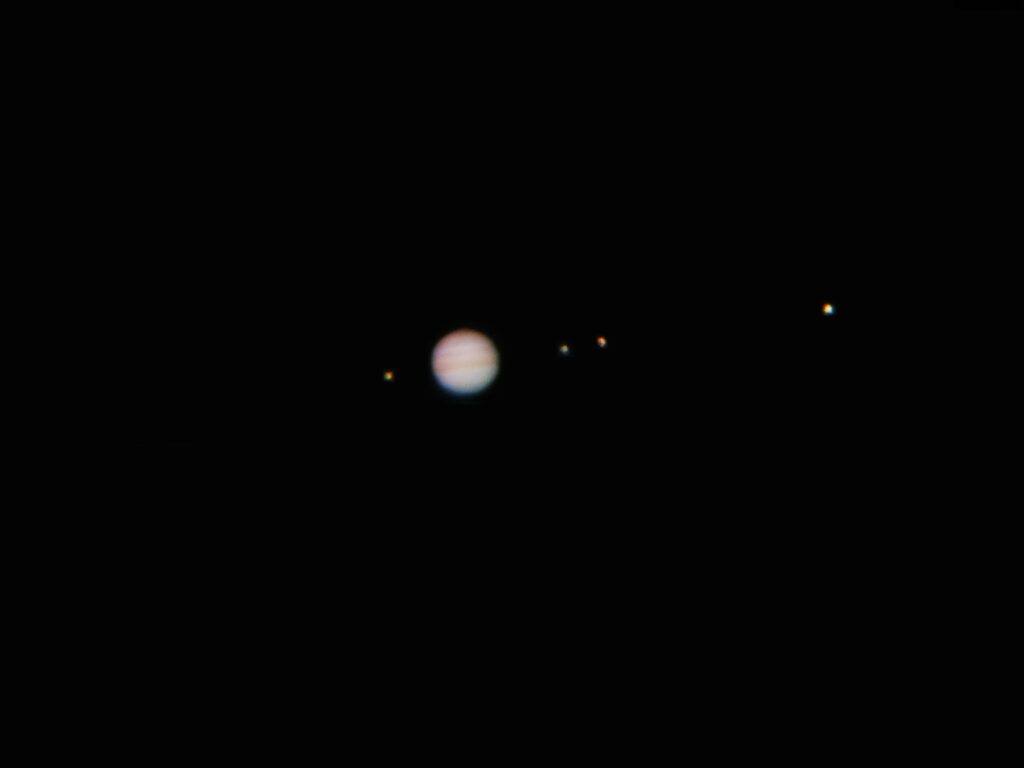
Factors Affecting Telescope Magnification
Focal Length
- The focal length refers to the distance between the primary lens or mirror of the telescope and the point at which the light rays converge to form a sharp image.
A longer focal length typically results in a narrower field of view but a higher magnification, while a shorter focal length results in a wider field of view but a lower magnification.
Telescopes with longer focal lengths are often referred to as “high power” or “long focus” telescopes, and are ideal for observing small or distant objects, such as planets or star clusters.
However, they may not be well-suited for observing larger objects, such as galaxies or nebulae, as these objects may not fit within the narrow field of view.
On the other hand, telescopes with shorter focal lengths are often referred to as “low power” or “short focus” telescopes.
They are ideal for observing larger objects, such as the moon or the Milky Way, as they offer a wider field of view.
However, they may not be well-suited for observing small or distant objects, as the lower magnification may not provide enough detail.
Eyepiece
- The eyepiece is a critical component of a telescope, as it is responsible for magnifying the image formed by the primary lens or mirror.
Eyepieces come in a wide range of focal lengths, which can be used to achieve different levels of magnification and field of view.
Eyepieces are typically labeled with their focal length, which can range from very short (such as 2.5mm) to very long (such as 40mm).
The shorter the focal length of the eyepiece, the higher the magnification, and the narrower the field of view. Conversely, the longer the focal length of the eyepiece, the lower the magnification, and the wider the field of view.
Choosing the right eyepiece for a given observing situation is critical for achieving the optimal balance between magnification and field of view.
For example, when observing a small, distant object such as a planet, a high-power eyepiece with a short focal length may be necessary to achieve a high level of magnification.
When observing a large object such as the moon or a nebula, a lower-power eyepiece with a longer focal length may be more appropriate to achieve a wider field of view.
Eyepieces also come in a range of designs, such as “Plossl” and “wide-angle” eyepieces, which can affect the image quality and field of view. Choosing the right eyepiece for a given telescope can make a significant difference in the quality of the observed image.
- It's important to note that the eyepiece focal length should be considered in combination with the focal length of the telescope when calculating the magnification, as the two work together to determine the final magnification of the image.
Barlow Lens
- A Barlow lens is a special type of lens that is used to increase the magnification of a telescope.
Barlow lenses are typically placed between the telescope and the eyepiece, effectively increasing the focal length of the telescope and thereby increasing the magnification of the image.
Barlow lenses come in different magnification factors, such as 2x or 3x, which determine how much the focal length of the telescope is increased.
For example, a 2x Barlow lens will double the effective focal length of the telescope, while a 3x Barlow lens will triple it.
This effectively doubles or triples the magnification of the image, allowing for more detailed observations of small or distant objects.
Using a Barlow lens can be a useful way to increase the magnification of a telescope without having to invest in a new, high-power eyepiece.
It’s important to note that using a Barlow lens can also reduce the amount of light that enters the telescope, resulting in a dimmer image.
Additionally, a Barlow lens can also introduce some chromatic aberration, which can affect the color accuracy of the observed image.
When using a Barlow lens, it’s important to choose one that is compatible with the telescope and eyepiece being used.
It’s also important to choose a magnification factor that is appropriate for the observing situation, as using too high a magnification can result in a dim, blurry image.
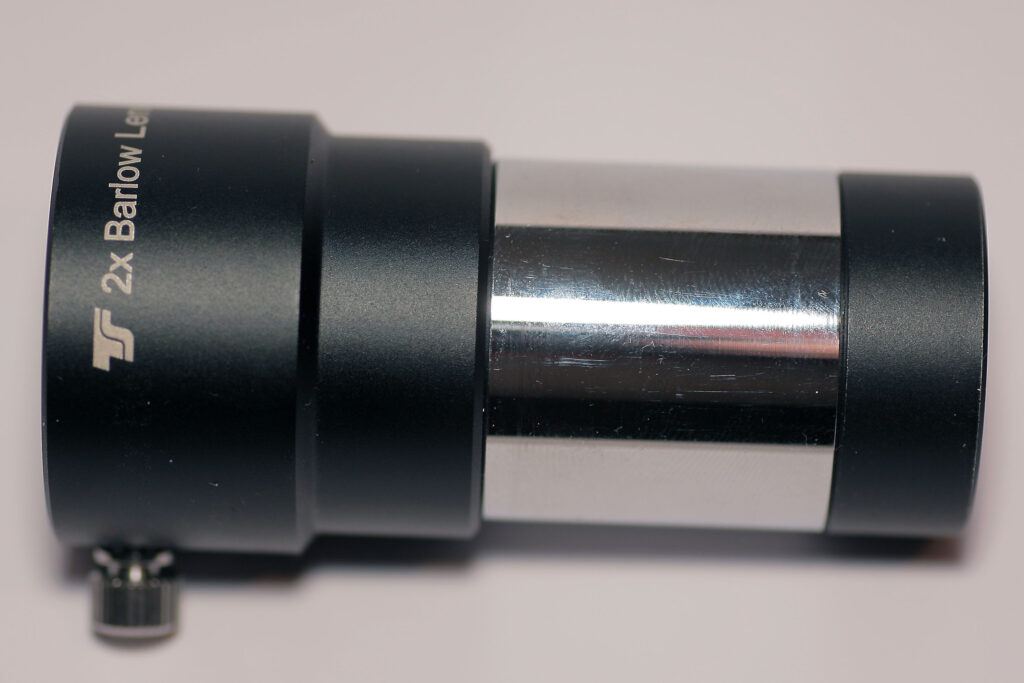
Determining Optimal Telescope Magnification
Maximum Useful Magnification
- The maximum useful telescope magnification refers to the highest magnification that can be achieved before the image quality begins to degrade significantly.
This limit is determined by a number of factors, including the aperture of the telescope, the atmospheric conditions, and the quality of the optics.
In general, the maximum useful telescope magnification is roughly 50-60 times the aperture in inches (or 2 times the aperture in millimeters).
For example, a 4-inch telescope would have a maximum useful magnification of approximately 200x.
Going beyond the maximum useful magnification can result in a blurry, dim image due to the limitations of the telescope’s optics and atmospheric conditions.
Additionally, using a magnification that is too high can also result in a smaller field of view, making it difficult to locate and track objects in the night sky.
The maximum useful magnification is just a guideline, and the actual limit may vary depending on the quality of the telescope’s optics and the observing conditions.
A high-quality, well-maintained telescope may be able to achieve a higher magnification than one with poor optics or poor atmospheric conditions.
Dawes Limit
The Dawes Limit is a theoretical limit on the resolution of a telescope, first proposed by British astronomer William Dawes in the mid-19th century.
- The limit is determined by the diameter of the telescope's aperture, and is based on the ability of the telescope to resolve the separation between two closely spaced points of light, such as the components of a double star.
The Dawes Limit is given by the formula:
θ = 4.56 / D
where θ is the angular resolution in arcseconds, and D is the diameter of the telescope’s aperture in millimeters.
For example, a telescope with a 100 mm aperture would have an angular resolution of approximately 0.46 arcseconds, based on the Dawes Limit.
This means that the telescope would be able to resolve two points of light that are at least 0.46 arcseconds apart.
The Dawes Limit is a theoretical limit, and that the actual resolution of a telescope may be affected by a number of factors, including atmospheric conditions, the quality of the optics, and the observing conditions.
Additionally, the Dawes Limit assumes that the telescope is observing point sources of light, and may not apply to extended objects such as galaxies or nebulae.
Despite these limitations, the Dawes Limit remains a useful guideline for determining the resolution of a telescope, and is commonly used by amateur astronomers as a benchmark for telescope performance.
By choosing a telescope with an aperture that exceeds the Dawes Limit, it’s possible to achieve higher levels of resolution and detail in observing the night sky.
Atmospheric Conditions
The main factors affecting the observing conditions are atmospheric turbulence, seeing, and transparency.
- Atmospheric turbulence refers to the constant motion and mixing of air masses in the atmosphere, which can cause the light passing through the atmosphere to be refracted and scattered in different directions.
This can result in a distorted or blurry image when viewing at high magnifications, as the light waves are randomly deflected in different directions as they pass through the atmosphere.
- Seeing is a term used to describe the overall stability of the atmosphere.
It is often measured using a scale from 1 to 5, with 1 being the best and 5 being the worst. Poor seeing conditions, typically associated with higher numbers on the scale, can result in a wobbly or shimmering image, making it difficult to observe fine details.
- Transparency refers to the clarity of the atmosphere and the amount of light that is able to pass through it.
Atmospheric moisture, pollution, and other factors can reduce transparency, resulting in a dimmer image and reduced contrast.
To improve observing conditions, astronomers will often seek out locations with clear skies and low levels of light pollution, such as remote mountaintops or deserts. Additionally, many observatories use advanced adaptive optics systems that can compensate for the effects of atmospheric turbulence, allowing for high-resolution observations even under poor seeing conditions.
Object Brightness and Size
- The brightness of an object is typically measured using the magnitude scale, with brighter objects having lower magnitudes.
For example, the star Sirius has a magnitude of -1.44, making it one of the brightest objects in the night sky, while the faintest objects visible to the naked eye typically have a magnitude of around +6.
When observing a bright object like Sirius, it’s often possible to use higher magnifications to bring out additional details without sacrificing image quality.
However, when observing a fainter object like a distant galaxy, higher magnifications may not be feasible, as the dim light from the object will be spread out over a larger area, reducing the overall brightness of the image.
Similarly, the size of an object can play a role in determining the appropriate magnification to use.
For larger objects like the Moon or a planet, lower magnifications may be necessary to capture the entire object within the field of view, while higher magnifications may be used to observe fine details like craters or cloud formations.
Smaller objects like double stars or planetary nebulae may require higher magnifications to observe, as the object itself will take up less space within the field of view.
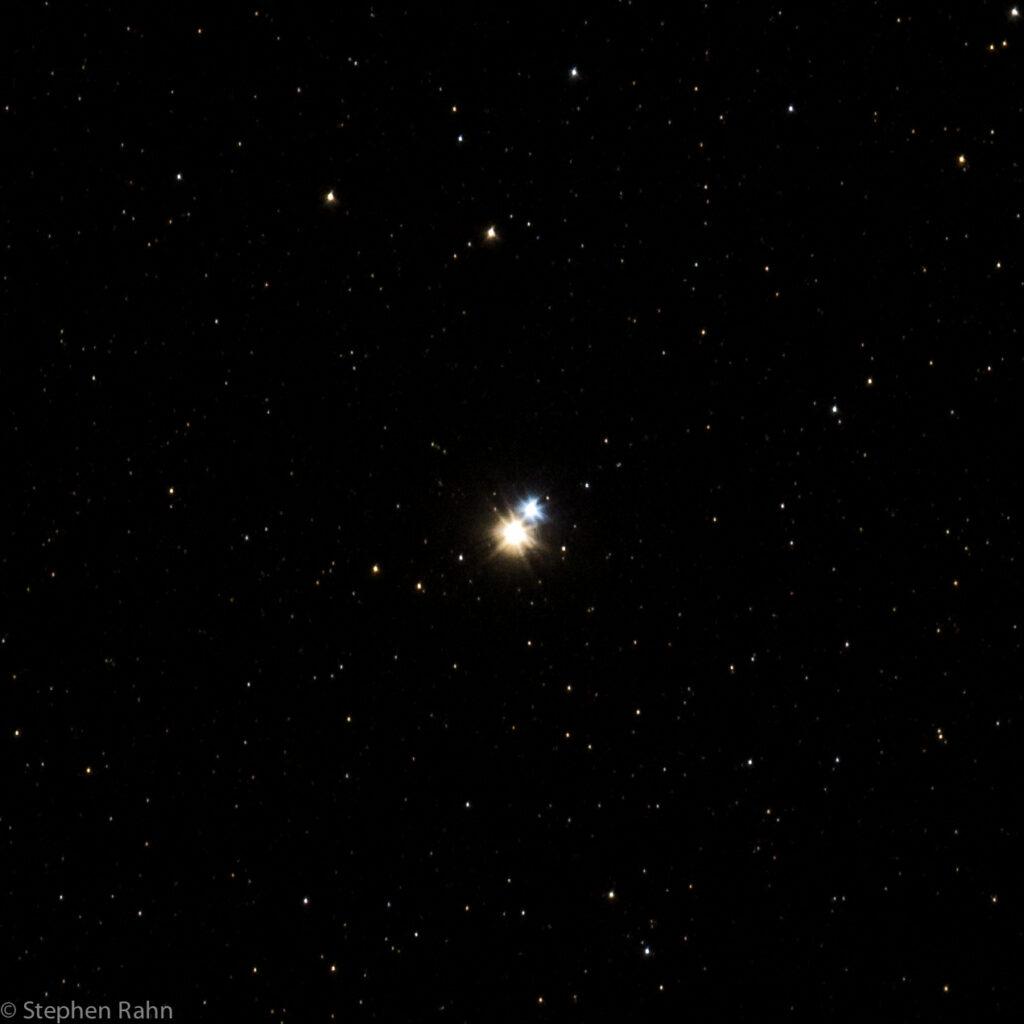
Choosing the Right Telescope Magnification for Observations
Low Telescope Magnification
While high magnifications can be useful for observing fine details, there are many situations where using a lower magnification can be more appropriate.
- In general, lower magnifications provide a wider field of view, allowing for a larger area of the sky to be observed at once.
This can be particularly useful when observing large objects like the Moon or a planet, or when trying to navigate to a specific area of the sky.
Additionally, lower magnifications can be helpful when observing faint objects, as they allow for a greater amount of light to be captured by the telescope.
This can be important when observing deep-sky objects like galaxies or nebulae, which may require long exposure times to capture the faint light from these objects.
Lower magnifications can also be useful when observing double stars or other objects that require a wider field of view to capture both objects in the same image.
By using a lower telescope magnification, it’s possible to capture both objects in the same image while still maintaining a clear and detailed view.
Finally, using a lower telescope magnification can be helpful for those new to observing with a telescope, as it can make it easier to navigate the night sky and locate objects.
By using a wider field of view, it’s possible to get a better sense of the overall layout of the sky and to navigate from one object to the next more easily.
Medium Telescope Magnification
Medium telescope magnification can be useful for observing a wide range of objects in the night sky.
- Typically, medium telescope magnification falls in the range of 50x to 150x, and they can provide a good balance between magnification and field of view.
Here are some situations where medium magnifications can be particularly useful:
- Observing planets: When observing planets, medium telescope magnification can be useful for capturing fine details like cloud formations, but without sacrificing too much of the planet's overall size. Additionally, medium magnifications can be useful for observing the planets' moons or other smaller features in the planet's vicinity.
- Observing the Moon: Medium magnifications can be ideal for observing the Moon, as they provide a good balance between magnification and field of view. At medium magnifications, it's possible to observe a range of lunar features, from large craters and seas to smaller details like rilles and valleys.
- Observing star clusters: Star clusters can be particularly impressive when viewed at medium magnifications. By using a medium magnification, it's possible to capture a wide range of stars in the field of view, while still maintaining a clear and detailed view of individual stars.
- Observing double stars: Medium magnifications can be useful for observing double stars, which are pairs of stars that appear close together in the sky. By using a medium magnification, it's possible to capture both stars in the same field of view.
In general, medium telescope magnification can be a good choice for a wide range of observing situations.
By providing a good balance between magnification and field of view, medium magnifications can make it easier to observe a variety of objects in the night sky, from planets and the Moon to star clusters and double stars.
High Telescope Magnification
- High telescope magnification, typically greater than 150x, can be useful for observing fine details in the night sky.
However, using high telescope magnification can also present some challenges. It’s important to understand when and how to use high magnifications effectively.
Here are some situations where high magnifications can be particularly useful:
- Observing planets: High magnifications can be useful for observing planets, as they can reveal fine details like atmospheric bands and cloud formations. However, using high magnifications can also make the image dimmer, and can also make it more sensitive to atmospheric turbulence.
- Observing the Moon: High magnifications can be useful for observing the Moon to reveal fine details like rilles, valleys, and small craters. As with planets, using high magnifications can make the image dimmer, and can also make it more sensitive to atmospheric turbulence.
- Observing small objects: High magnifications can be useful for observing small objects like planetary nebulae or small galaxies. By using high magnifications, it's possible to capture fine details and structures in these objects that might be missed at lower magnifications.
- Observing double stars: High magnifications can be useful for observing double stars, which are pairs of stars that appear close together in the sky. With high magnifications, it's possible to capture fine details in each star, as well as any orbital motion or other movement between the two stars.
While high magnifications can be useful for observing fine details, it can also come with some challenges.
At high magnifications, the image can become dimmer, and atmospheric turbulence can become more apparent, leading to a less sharp and clear view.
Additionally, using high magnifications can make it more difficult to locate objects in the sky, since the field of view is much smaller.
Factors to Consider when Choosing Telescope Magnification
Choosing the right magnification for observing through a telescope is an important part of achieving the best possible views of the night sky.
There are several factors to consider when choosing magnification, including:
Object size and brightness
The size and brightness of the object you want to observe should be a major factor in determining the best magnification to use. For faint objects like galaxies, a lower magnification may be more effective, while for bright objects like planets, a higher magnification may be more effective.
Telescope aperture
The size of the telescope's aperture should also be considered when choosing magnification. A larger aperture telescope will generally be able to handle higher magnifications, while a smaller aperture telescope may be better suited for lower magnifications.
Atmospheric conditions
The atmospheric conditions on a given night can also affect the choice of magnification. On nights with poor seeing conditions, it may be better to use lower magnifications, as higher magnifications can make atmospheric turbulence more apparent and decrease the clarity of the image.
Object type and desired level of detail
The type of object you want to observe and the level of detail you are hoping to capture should also be considered when choosing magnification. For example, observing the Moon or planets may require higher magnifications to capture fine details, while observing larger objects like galaxies may require lower magnifications to capture a larger field of view.
Focal length of telescope and eyepiece
The focal length of both the telescope and the eyepiece should also be considered when choosing magnification. Using an eyepiece with a shorter focal length will generally result in a higher magnification, while using an eyepiece with a longer focal length will result in a lower magnification.
Personal preference
Finally, personal preference should also be considered when choosing magnification. Some observers may prefer to use lower magnifications for a wider field of view, while others may prefer higher magnifications for fine details and increased magnification.
By considering these factors when choosing magnification, it’s possible to achieve the best possible views of the night sky and to get the most out of a telescope. Experimenting with different magnifications and learning which magnifications work best for different observing situations can help to develop an understanding of how to choose the right magnification for any given night sky observation.
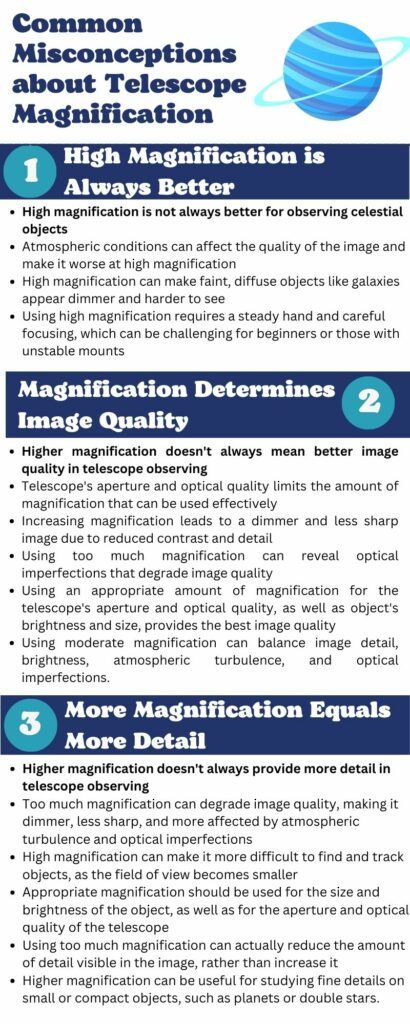
When choosing the appropriate amount of telescope magnification, it’s important to consider factors such as the aperture and optical quality of the telescope, the brightness and size of the object being observed, and the atmospheric conditions.
Using an appropriate amount of magnification can help to achieve the best possible image quality and detail, while also minimizing the effects of atmospheric turbulence and optical imperfections.

Andrew
With years of experience and a passion for exploring the cosmos, I want to be your go-to destination for all things celestial. My mission is to bring the wonders of the universe to your fingertips and demonstrate how the art of stargazing and telescope therapy can nurture not only your astronomical curiosity but also your mental health. Explore the cosmos with me and discover the profound connection between the night sky and your inner peace.
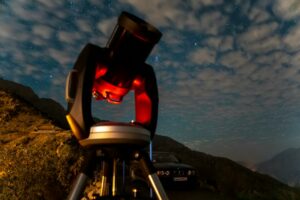
Should you Rent a Telescope? Tips, Benefits, and Resources in 2024
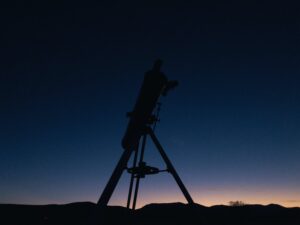
Telescope Troubleshooting: Resolve 5 Common Problems for Optimal Observing
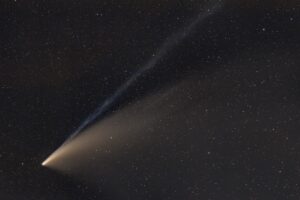
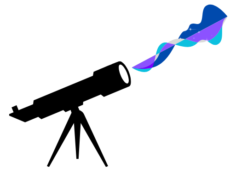
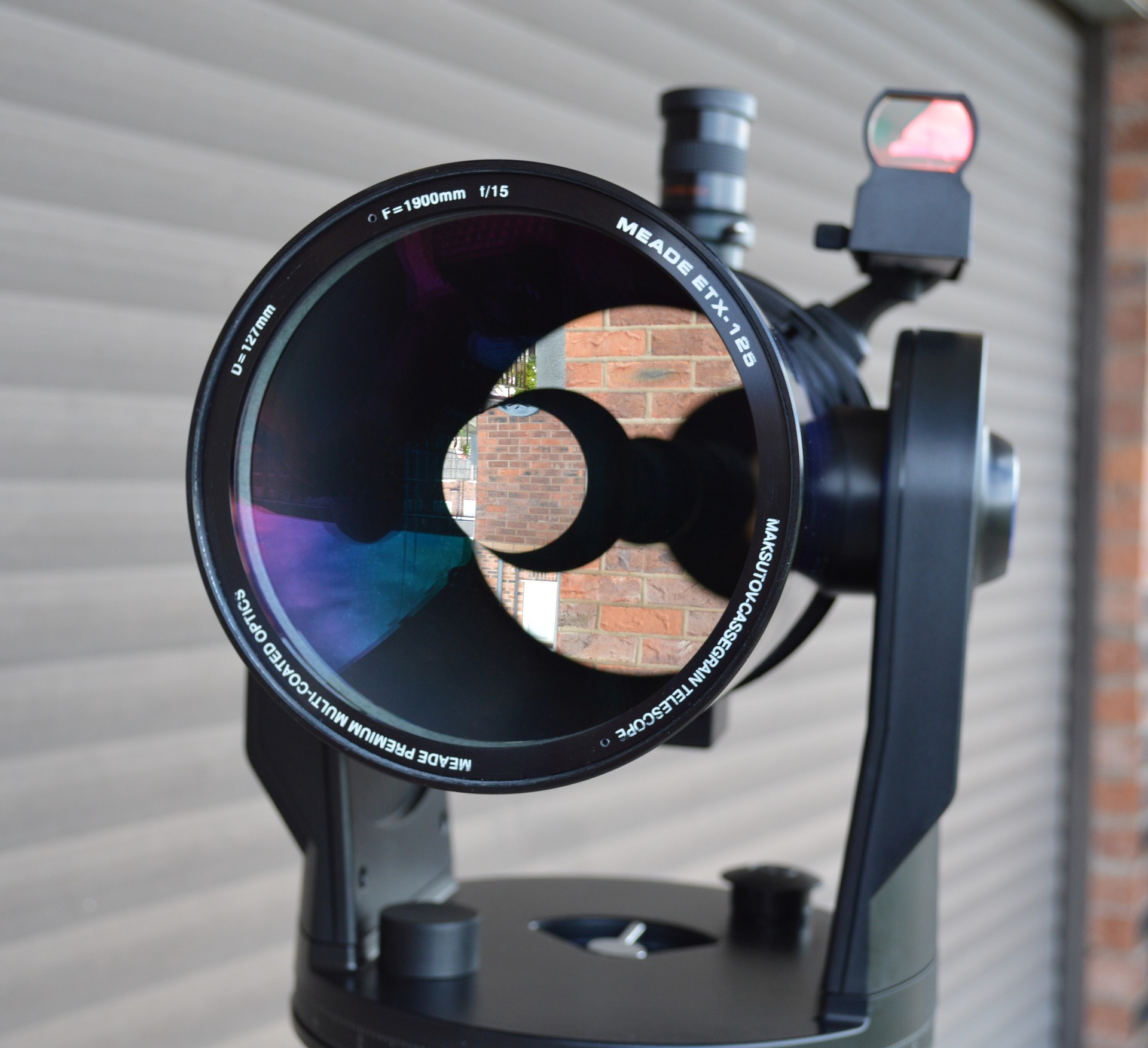
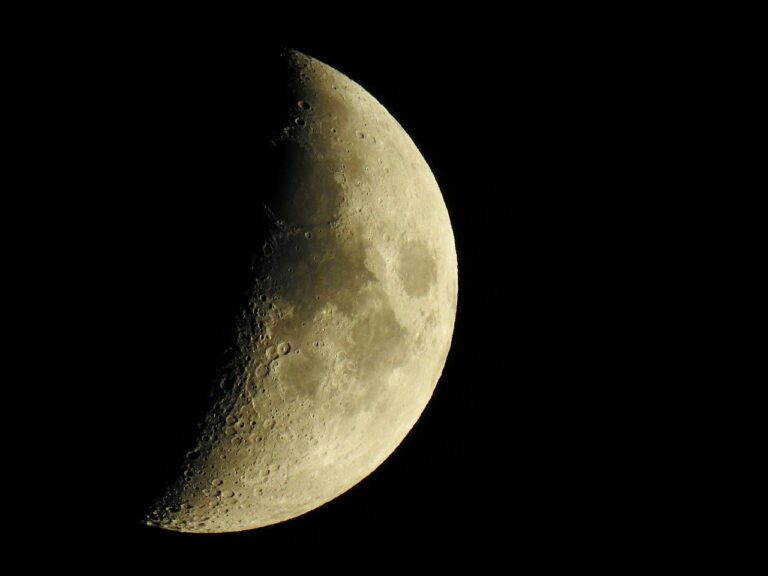
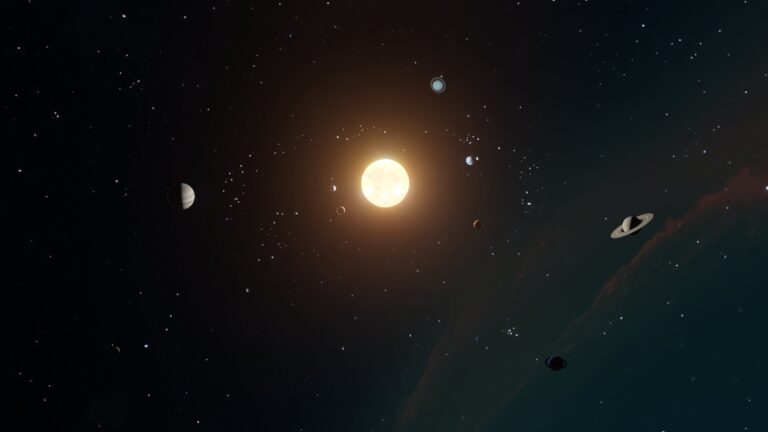
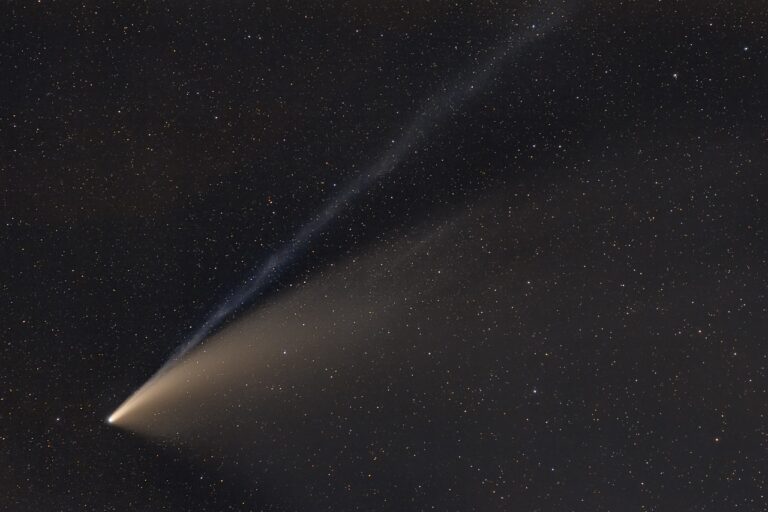
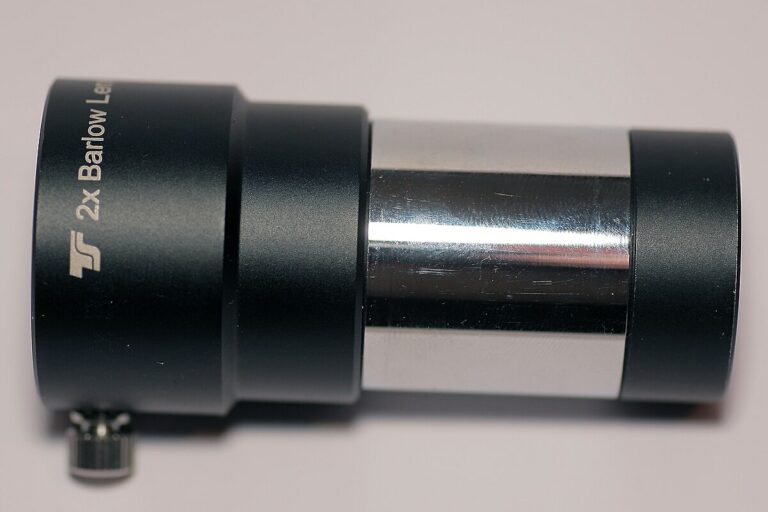
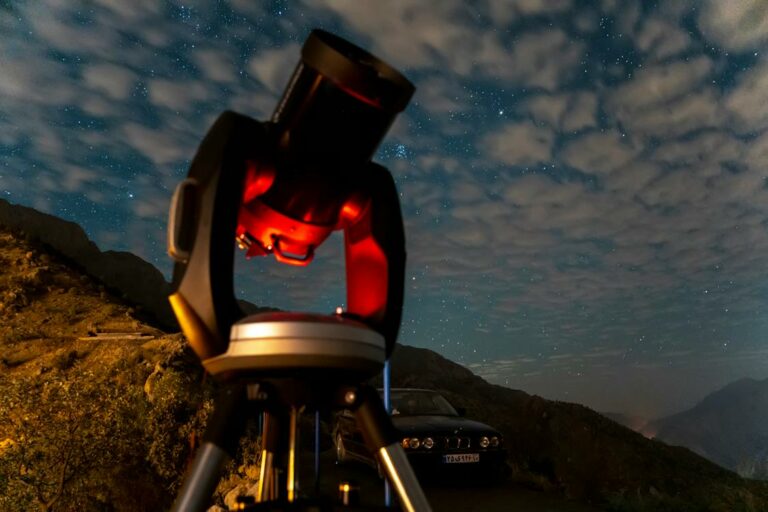
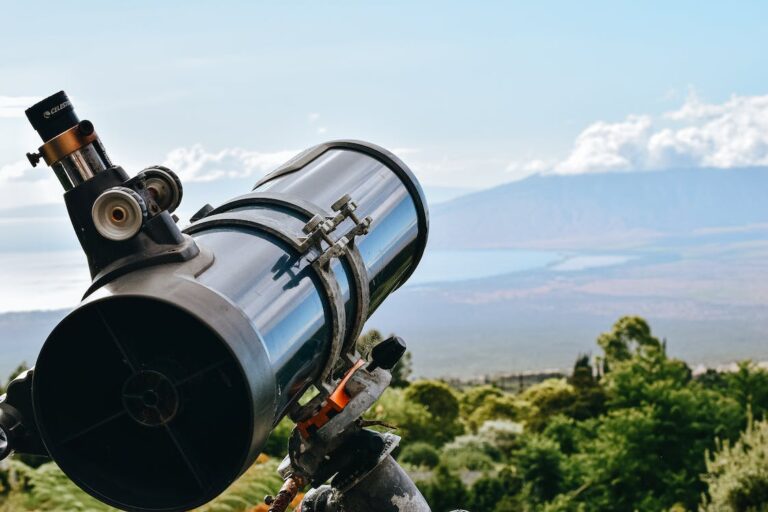
+ There are no comments
Add yours